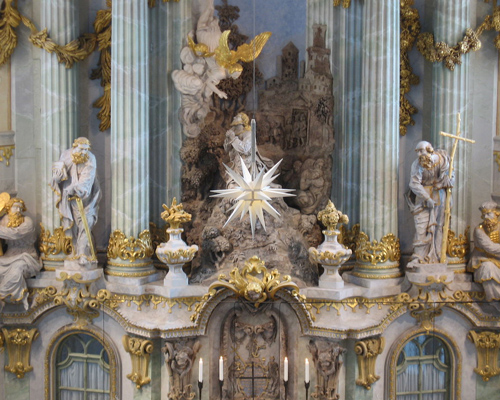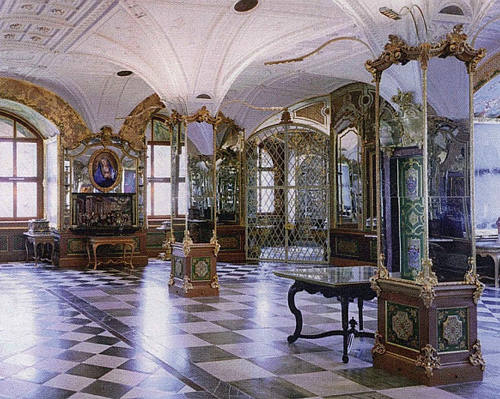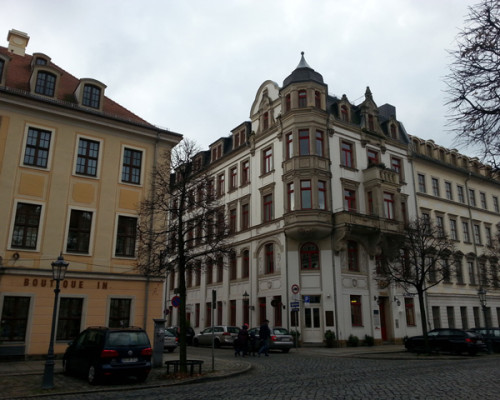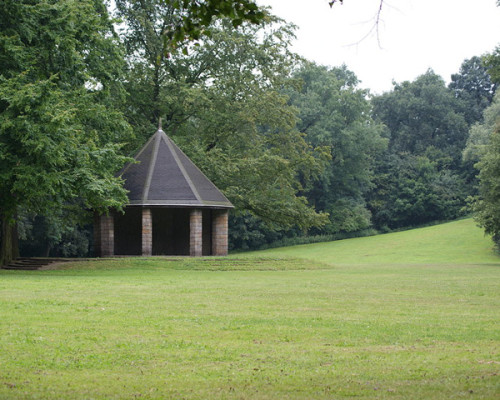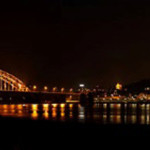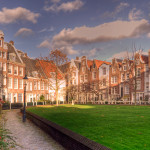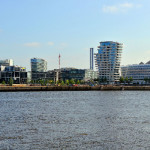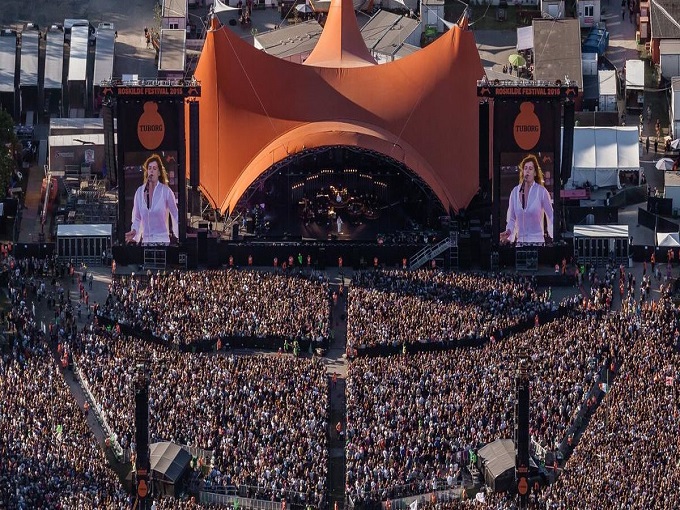
03 Jan Dresden
Dresden is a town full of history and the capital of Saxony. The city was built in a valley next to the River Elbe river, and has appr. 530,000 residents.
The first known permanent settlement on the site was constructed by the Slavic tribes in late 12th century. Dresden became the capital of the margraviate of Meissen in the end of the 13th century. Dresden’s historical center was badly damaged by Allied bombardment during World War II. Today the city is a perfect example of what you can accomplish with industrious reconstruction and the preservation of historical buildings.
What to do and see in Dresden
Frauenkirche
The Lutheran Frauenkirche has the largest domes of any church in Europe and it is a beautiful example of Baroque architecture. Originally built between 1726–1743, the church was destroyed in the mass bombings of Dresden during the Second World War. After the reunification of Germany, church was completely reconstructed between 1994-2005, together with the surrounding Neumarkt square.
The Green Vault (Grünes Gewölbe)
This unique museum complex in the Royal Palace houses the largest collection of treasures in Europe. It displays furniture and artifacts from different eras, from Renaissance and Baroque to Classicism. The museum also contains the crown jewels of Saxon and Polish royalty as well as beautiful ornaments made of ivory and amber. The Vault is divided into two sections: The Historic Green Vault, with an entrance chamber and a large exhibition of jewelry, and the New Green Vault, filled with marvelous sculptures and artifacts as well as the most expensive diamond in the museum, the Dresden Green, the world’s only large, naturally green diamond.
The Baroque Quarter
This area reaching from the Heinrichstrasse up to the Albert Platz is known for its beautiful Baroque architecture. There are charming antique stores at Heinrichstrasse, and the general area has small shops, where visitors can enjoy good service and feel the hospitality of the locals.
Großer Garten
This Baroque park located near the historical city center was established in 1676 and has been open to the public since 1814. The Dresden Zoo is located on the southern edge of the area, and the Botanic garden is part of it. The park has a miniature train track, and possible activities include rollerblading and trips with small boats on lake Carolasee.
Shopping
- The main shopping district is located between Ferdinandplatz and Sankt-Petersburger Straße, continuing northwest to Wilsdruffer Straße.
- Äußere Neustadt has many small shops selling books, vinyl records and clothing.
Recreation
- Guided tour through the Semperoper opera house is a splendid way to experience culture in Dresden. More information here.
- The center of nightlife is the Neustadt area with several pubs and clubs.
- A great annual cultural happening in June is the culture festival Bunte Republik Neustadt with its live music, art performances and its street party.
Photos: With the CC licence / Gryffindor, Mars 2002, Kay Körner,SvenS D, Ad Meskens
| Dresden, Saksa | 4°C clear sky | |
Wind
3 m/s, SSW
Humidity
82%
Pressure
750.06 mmHg | ||
Top 5 in Dresden
- The Green Vault Museum
- Reconstructed Frauenkirche
- Pubs in Neustadt
- Botanic Garden
- Baroque Quarter
How to get to Dresden
- The International Dresden-Klotzsche Airport serves the region. It is located in the Klotzsche district, 9 kilometres north of the city centre. A list of its destinations is here. Bus lines 77 and 97, and tram line 7 operate traffic to/from the city center (one should change to the bus at tram station Infineon Nord). The S2 train also offers suitable rides for those arriving by plane.
- Dresden is served by two big train stations, one on the northern side of the Elbe River, Dresden Neustadt, and one on the southern side, Dresden Hauptbahnhof. There are train connections from all major German cities to Dresden, operated by the Deutsche Bahn (DB). See the timetables and ticket prices here.
- Highways 4 and 17 lead to Dresden and route 13 leads from Berlin to Dresden (193 kilometres).

